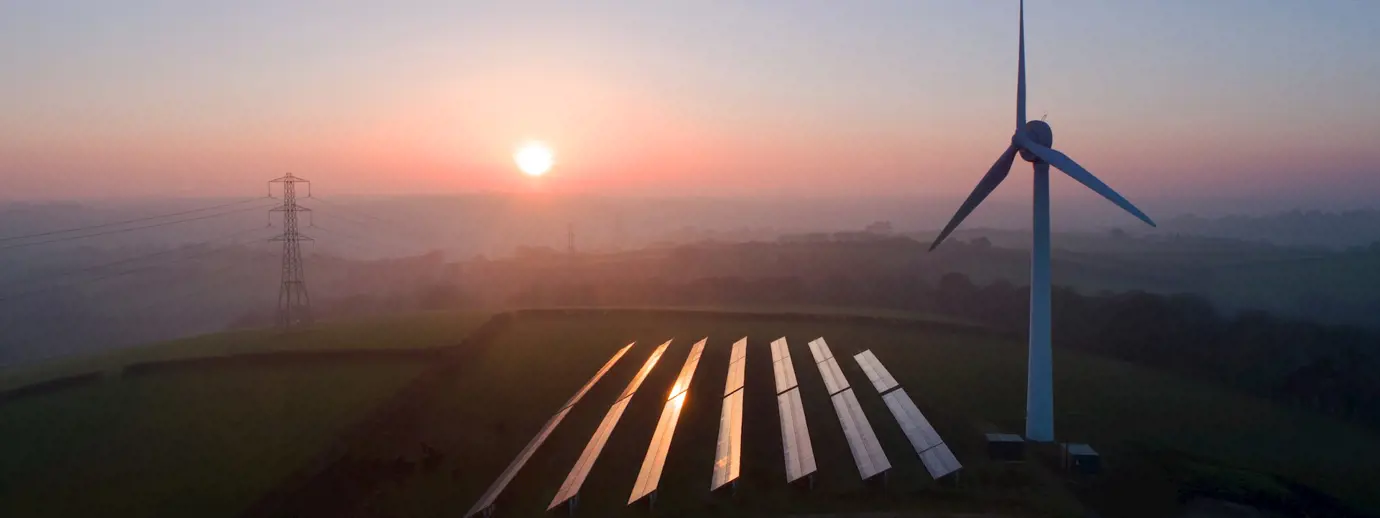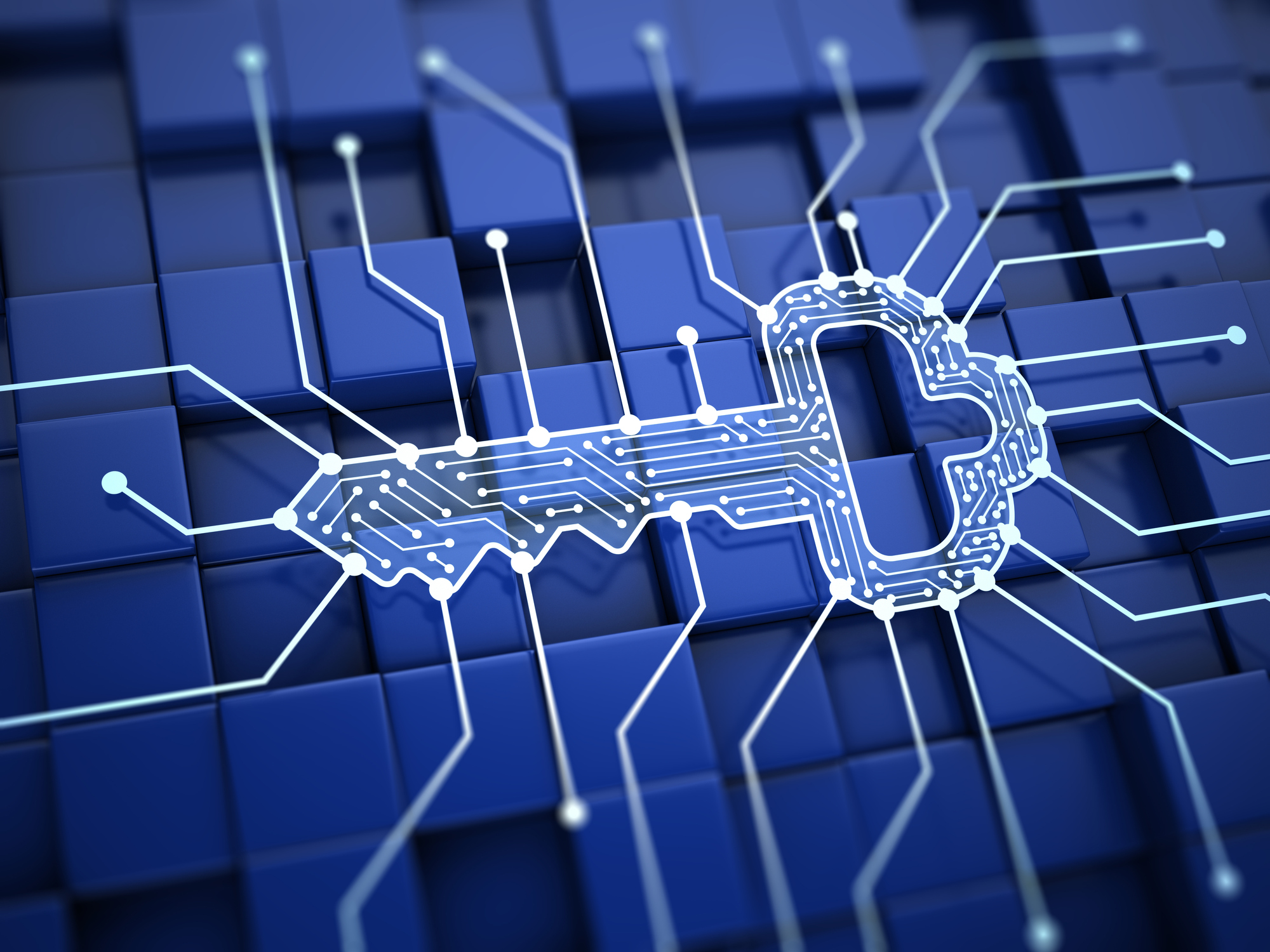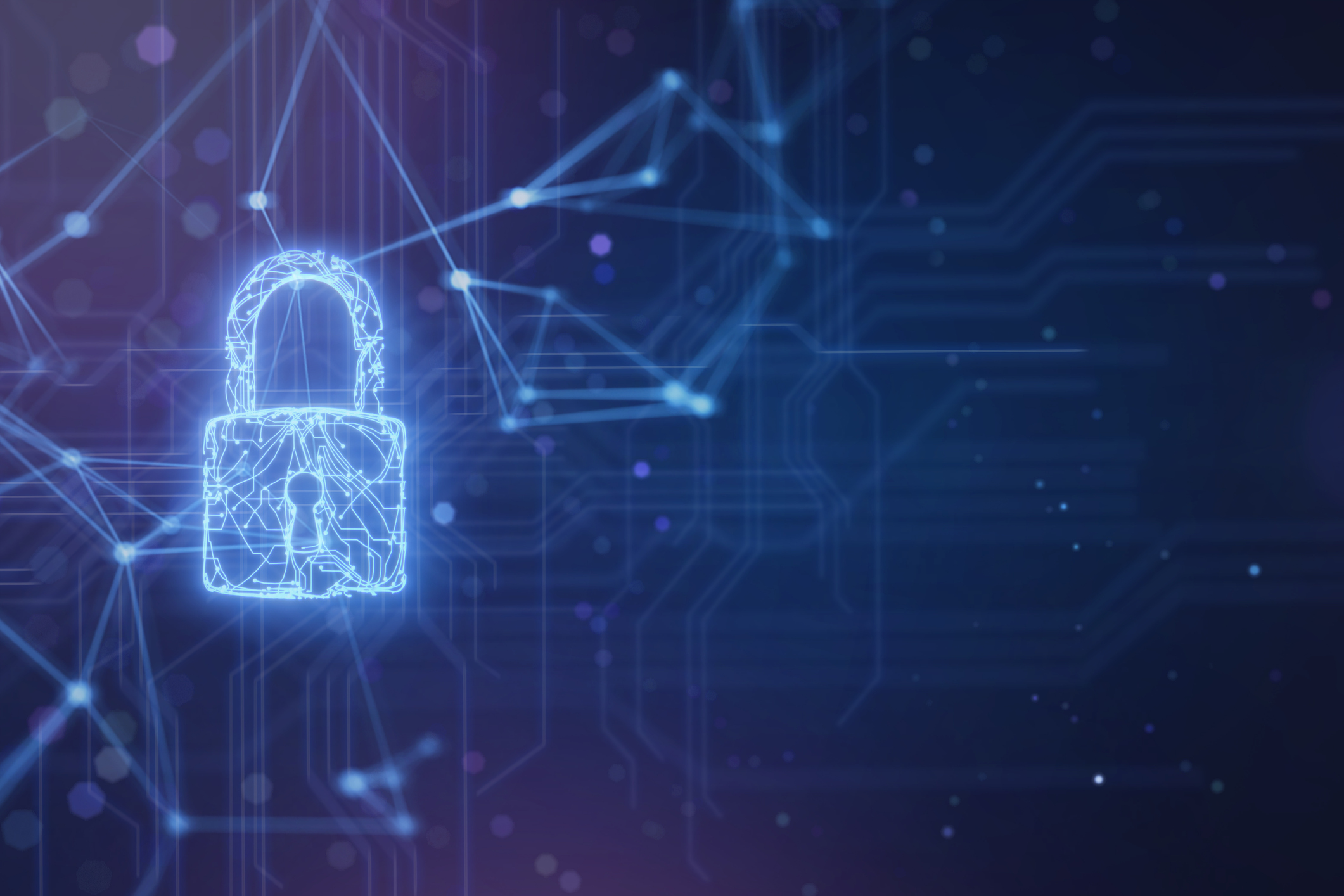In December last year, when Mobile Network Operators announced their intention to sunset 2G and 3G networks in the UK by 2033, linked to the eventual upgrade of some of the technologies used for part of the smart meter network, the media started to speak of ‘2G / 3G sunsetting’. The coverage took a negative spin for smart metering, but it lacked a lot of critical context.
Starting with the timeline mentioned, it’s no surprise that the date of 2033 was chosen as the switch-off date – with existing agreements supporting this timetable. Contracts for second-generation meter technology were penned years ago with the ability to be extended to 2033, to give some degree of certainty and longevity.
The sunsetting of technology and the point at which we introduce technologies is a challenging balance.
New technology introduced too early brings a cost premium and industry pays for early replacement. Leaving technology in place for too long represents a technology debt, and possibly impacts system performance.
When I look at the technology cycle for 2G, 3G, 4G and beyond, this represents a significant challenge. Connectivity of smart meters on our network is managed by a small device installed in every home, called a communications hub, which takes local messages from the meters and sends them securely across the national network run by the DCC. It is these comms hubs that are replaced, not the smart meters themselves. These hubs are relatively low cost and simple to replace, but at the scale of our network every small decision compounds.
DCC has to ensure that its devices can remain on the wall and connect for their entire lifespan.
Take mobile phones, for comparison: most of us own and pay for these at a price significantly higher than the cost of our communications hubs. If I were to look at devices available in 2007 that were commonplace – typical suppliers in 2007 were the likes of Nokia, and the N95 was its latest release. Blackberry and HTC were all the common names, while Apple was yet to release its first mobile device. When Apple launched its first phone in June 2007, it was a 2G-only device; in the 15 years since, it has already spanned across 2G, 3G, 4G, launched a 5G and are most likely already considering technologies well beyond 5G.
As a starting point for smart meters, the first generation of smart meters, or SMETS1, were built on a 2G (or 2.5g) service which was an early mobile data technology. Today we find ourselves in the “Long-Term Evolution” world (4G, 5G and beyond), which is where our current DCC strategy is headed.
Our second-generation meter solution is primarily based on the 3G network which has commitments through to 2033 based on our current contract, so this service remains mainly unaffected for the next 11 years.
Our next generation device is the 4G communications hub. I’m often asked: “Why not 5G today?”
The core reason is that in order to meet our service obligations we must support coverage reaching more than 99% of the UK population. No mobile operator today can offer this level of coverage for 5G, and it’s likely to take multiple years for service providers to offer coverage at these levels for 5G.
To ensure we can meet the coverage obligations, we have selected a solution that balances coverage with service capability. Our research indicates that this standard will most likely span multiple decades into the future.
In DCC’s technical solution our hardware is planned to offer an easier upgrade to the next evolution without a complete re-design.
Our engineers are ensuring that the solution can easily replace the current 3G technology with a simple swap.
This means we can minimise any impact to our industry partners. We are working towards our 4G comms hub, which is in development now, and mass deployment will follow once testing has proven it.
In the technology office of the DCC we’re actively considering our approach to sunsetting across all elements of the infrastructure we operate. It’s not just a cellular 2G, 3G to 4G challenge - it touches every element of our infrastructure. To ensure we understand all these challenges, members of the CTO team are joining the relevant standards bodies, including the 3G-PPP standards group, the Zigbee or SMIP HAN working group, and the OPEN-RAN working group.
This engagement provides us a voice for standards development and insights to future challenges.
If I had a CTO ‘magic wand’, my dream would be a future open radio network.
It would be able to support 2G, 3G, 4G and beyond, to ensure our SMIP devices remain connected as long as possible; but I understand there are technical limitations within which we need to work.
Sunsetting is not just a connectivity issue – all infrastructure operators deal with hardware and software sunsetting challenges. At the DCC we will always prioritise security, resilience, and value for money as the key drivers for our technology refresh roadmap.
The DCC will remain focused on delivering value for money and balancing the introduction of new technology at the right time to deliver the services our customers need.
We will leverage our unique position between now and 2025, as we approach the target of 30 million+ connected homes.
We'll have a louder voice on the standards bodies, ensuring we remain relevant, connected, secure and the right platform and - in the Government’s words - “the backbone of a new digital energy infrastructure”.

Mike Hewitt
Chief Technology Officer
Further reading







